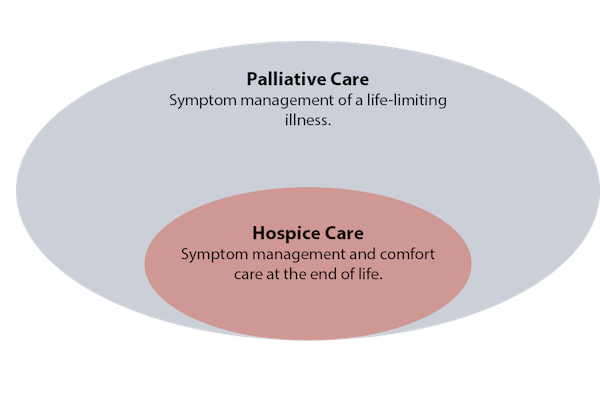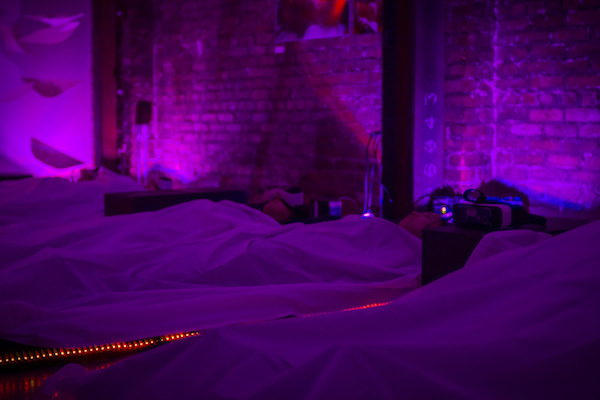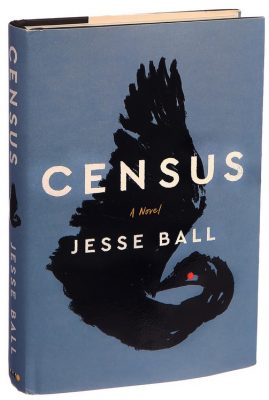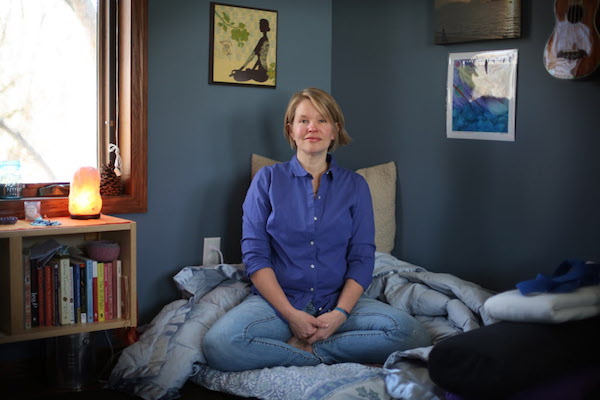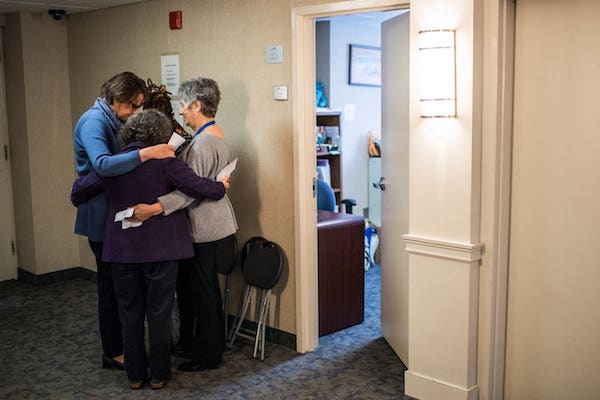
by Debra Bruno
[I]t’s a quiet afternoon at the Halquist Memorial Inpatient Center, a hospice, as four women huddle close, talking quietly in a tight circle before walking through the doors to sing to men and women on the threshold of death.
These women are part of the Threshold Choir, a group that brings the comfort of song to dying people.
A thin woman, who is in the last weeks of life, is the choir’s first stop. She is sitting nearly upright in a hospital bed, her daughter beside her. Leslie Kostrich, the group’s leader for this day, asks the older woman if she would like to hear a few songs. She nods; the singers set up folding stools and pull up close to her bed.
“We sing in a circle of love,” the women sing, a cappella and in three-part harmony. “In music we are joined.” As they sing, the woman gazes off with a faraway look in her eyes, as if she’s trying to remember something.
The group sings another song, and as they finish, the older woman claps softly. “Thank you,” she says. “Nice.”
It takes sensitivity, situational awareness and a dash of emotional intelligence to sing to the dying. The sound of soft harmonious voices can be very comforting as life closes down, but the songs can also bring forward the immediacy of death to family members sitting nearby. Singing in such an emotional environment takes practice and a recognition that it is less a performance than a service.
For the dying and their families, the singers are hoping to bring peace, comfort and a feeling of love. “We call it kindness made audible,” says Jan Booth, who with Kostrich is co-director of the Washington-area Threshold group.
It is also very life-affirming for those who sing in this unusual choir.
“When I tell people I’m in a choir that sings at the bedside of the dying, they’ll say, ‘Oh girl, what a good thing,’ or ‘Girl, you must have lost your mind,’ ” says Kadija Ash, 66.
But the opposite is true. “Sometimes I run” to rehearsals, she says, “because of the healing.” In the two years she has been a member of Threshold, Ash says, she has gone from having a fear of death to an ability to be more accepting of life’s ups and downs.
Kostrich, 60, who has been with the group for three years, likewise says: “This has changed my life. That’s not an exaggeration. It gave my life a spiritual dimension that I was totally unprepared to receive.”
Threshold Choir — which has more than 200 groups around the world — seems to have tapped into something both primal and much-needed: a growing desire not to recoil from death or abandon the dying but to face that ultimate truth and figure out how to help ease the isolation of those near the end.
Bedside singing is a way of “normalizing death,” says Kate Munger, 68, who founded the first group in the San Francisco area 18 years ago. Many of the choirs are started and run by baby boomers, who are comfortable shaking up the accepted way of doing things, Munger says. “We’ve done that for childbirth, for education, and now for our impending death.” She says the number of people participating in Threshold Choir has grown to about 2,000.
Similar deathbed choirs have also surged, including Hallowell Singers, based in Vermont, which recently celebrated its 15th year, says founder Kathy Leo. She estimates that Hallowell has as many as 100 spinoffs, mainly in the United States.
Although they sing some requested songs, such as “Amazing Grace,” Threshold Choir mostly uses a repertoire designed for singing around a dying person. The pieces tend to be limited to just a few words, and sung without accompaniment in three-part harmony.
The idea is to keep things simple and not tied to any spiritual tradition — for instance, “Thank you for your love” and “We are all just walking each other home.” Complicated verses could intrude on the process of dying, which often involves people retreating from the day-to-day and reviewing their lives.
During the afternoon at Halquist, the four Threshold singers — Booth, Kostrich, Ash and Margo Silberstein — move out into a hallway after their first group of songs. One hospice staffer says, “I love working on Thursdays because I love listening to this group.”
The group slips into another large room with four beds separated by curtains. A frail woman with brilliant blue eyes smiles at the group. In another bed, someone is making noises that are halfway between breathing and groaning.
The blue-eyed woman asks, “Do you know ‘A Mighty Fortress?’ ” The group knows some of the words to the hymn but ends up mostly singing “oooo” to its tune. After they finish, Kostrich offers, “We do have ‘Amazing Grace.’ ” “Oh yes,” the woman answers and quietly sings along with them. After they finish, she says: “Oh, thank you. That was just wonderful.” They go on to sing “Simple Gifts” and “He’s Got the Whole World in His Hands” and then a few Threshold songs.
A TV next to a different bed blares.
After they finish, they approach a man sitting at the bedside of a woman. Can they sing?
“She’s pretty well gone out, but you can try,” he says.
As they sing “Hold this family in your heart,” the man’s eyes redden. He shifts in his seat. They sing, “Rest easy, let every trouble drift away.” His chin starts to tremble. As they begin to sing “You are not alone,” the woman begins to breathe more loudly but doesn’t move. The woman in the bed across the room, where they first sang, calls out, “Beautiful!”
An hour later, as the group gets ready to leave the hospice, Kostrich says that singing with Threshold has given her a way to process her own family’s experiences with death. When her parents were dying in the 1980s, Kostrich says, no one acknowledged they were close to death, which didn’t allow her and her family to come to terms with the losses themselves. The Threshold Choir has both helped her in a small way alleviate her own loss and help others avoid that kind of pain, she says.
There’s another thing that comes out of Threshold singing: community. And that feeling is evident when group members get together for a twice-a-month rehearsal, often in a church basement in the District. All but one singer at this rehearsal is female, but they range in age from 20-somethings to 70-somethings, African American, Chinese and white, those with tattoos and those with carefully coifed hairdos. There are a lot of hugs and laughter.
Olivia Mellon Shapiro, 71, says that group members are her “kindred spirits.” When she retired from her work as a psychotherapist, she told a friend, “Now I want to sing people out in hospices,” Shapiro says. “My father sang himself out — he died singing, and I was very moved by that.” Her friend said, “Oh, that’s the Threshold Choir.”
“Now I have a new group that feels like home to me. It really does,” she says. “I’ve also always been a little afraid of death and dying, but I’ve always loved the idea of hospices. So the idea of singing people out in hospices to get more comfortable with the idea of death and dying appealed to me.”
(The group sings several times a month at Halquist in Arlington and also at Providence Hospital in Northeast D.C. through the nonprofit hospice provider Capital Caring.)
One of the singers, Lily Chang, 28, notes that the choir is helping her confront her own fears of loss.
Chang says she’s very close to her grandmother and, given her age, worries about her. “I remember telling my mom, ‘I don’t know what I would do’ ” if she died. “Thinking about it, engaging with it in different ways makes me feel better.”
Complete Article ↪HERE↩!

